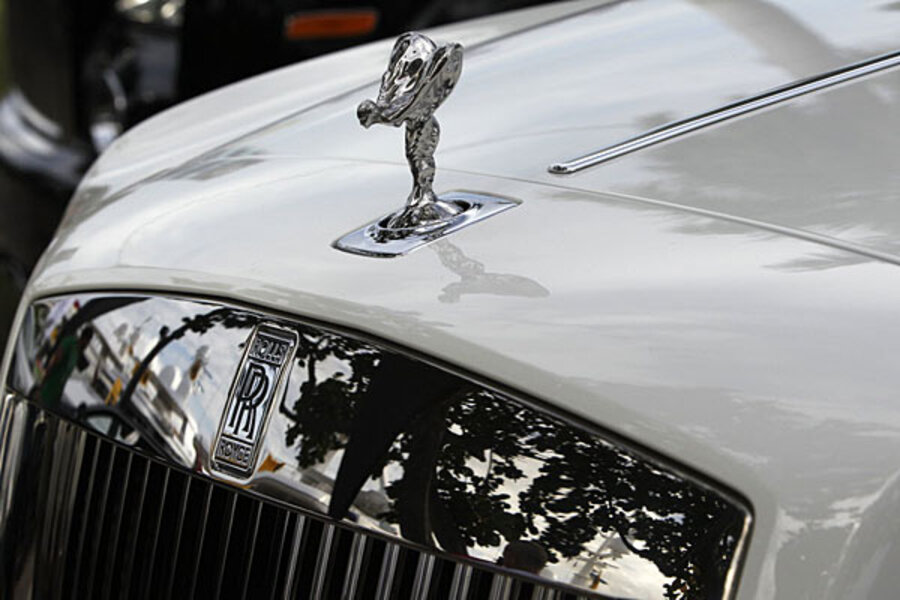Top 1 percent has nearly quadrupled income since 1979
Loading...
The richest 1 percent of Americans have been getting far richer over the last three decades while the middle class and poor have seen their after-tax household income only crawl up in comparison, according to a government study.
Average after-tax income for the top 1 percent of U.S. households almost quadrupled, up 275 percent, from 1979 to 2007, the Congressional Budget Office found. For people in the middle of the economic scale, after-tax income grew by just 40 percent. Those at the bottom experienced an 18 percent increase.
The report, based on IRS and Census Bureau data, comes as the Occupy Wall Street movement protests corporate bailouts and the gap between the haves and have-nots. Demonstrators call themselves "the 99 percent."
"The distribution of after-tax income in the United States was substantially more unequal in 2007 than in 1979," CBO Director Doug Elmendorf said in a blog post. "The share of income accruing to higher-income households increased, whereas the share accruing to other households declined."
The top 1 percent made $165,000 or more in 1979; that jumped to $347,000 or more in 2007, the study said. The income for the top fifth started at $51,289 in 1979 and rose to $70,578 in 2007. On the other end of the spectrum, those in the 20th percentile went from $12,823 in 1979 to $14,851 in 2007.
The report also found:
—The top 20 percent of the population earned 53 percent of after-tax income in 2007, as opposed to 43 percent in 1979.
—The top 1 percent reaped a 17 percent share of all income, up from 8 percent in 1979.
—The bottom 20 percent reaped just 5 percent of after-tax income, versus 7 percent in 1979.
Lawmakers and presidential candidates are mulling overhauling the tax code — some propose a flat tax that critics say could magnify the income gap — and a congressional "supercommittee" is weighing options to cut the deficit.
President Barack Obama has toured the country promising to raise taxes on the wealthy in order to finance his jobs agenda, which includes continuing a payroll tax cut, boosting infrastructure spending and helping local governments avoid layoffs of teachers, police officers and firefighters.
In a speech Wednesday, Rep. Paul Ryan, R-Wis., the chairman of the House Budget Committee, decried Obama's moves as "class warfare" and said GOP policies would preserve "equality of opportunity."
"Telling people they are stuck in their current station in life, that they are victims of circumstances beyond their control, and that the government's role is to help them cope with it — well, that's not who we are," Ryan said at the conservative Heritage Foundation.





